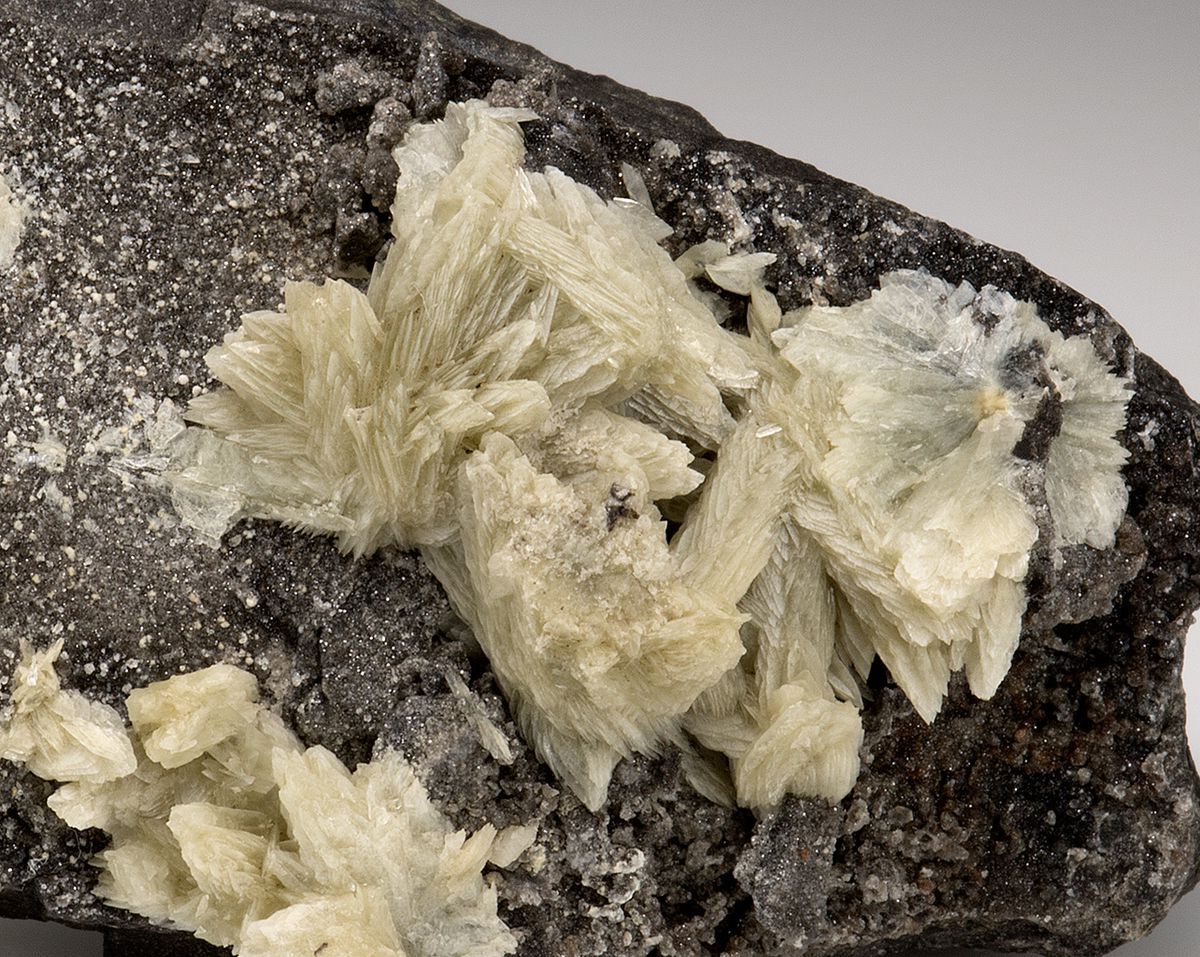
Collinsite is a fascinating mineral that often flies under the radar. But what exactly makes it so special? Collinsite is a rare phosphate mineral that typically forms in sedimentary rocks. It boasts a unique crystal structure and can be found in various colors, ranging from white to pale pink. This mineral is named after William Henry Collins, a Canadian geologist who made significant contributions to the field. Collinsite is not just a pretty face; it has practical applications in agriculture and industry. Curious to learn more? Here are 30 intriguing facts about Collinsite that will broaden your understanding of this remarkable mineral.
Key Takeaways:
- Collinsite is a rare mineral with unique properties, found in places like Canada, the United States, Europe, Australia, Brazil, and more. It's used in scientific research, education, agriculture, and even jewelry!
- With its interesting crystal structure, Collinsite is a sought-after mineral for collectors and has potential applications in agriculture, pharmaceuticals, ceramics, and glass production. It's also a cool indicator of phosphate-rich environments!
What is Collinsite?
Collinsite is a rare mineral that belongs to the phosphate group. It is known for its unique crystal structure and interesting properties. Here are some fascinating facts about this mineral.
-
Collinsite was first discovered in 1927 in the Yukon Territory of Canada. It was named after William Henry Collins, a Canadian geologist.
-
The chemical formula for Collinsite is Ca2(Mg,Fe)(PO4)2·2H2O. This means it contains calcium, magnesium, iron, phosphate, and water molecules.
-
Collinsite typically forms in phosphate-rich environments. These environments are often associated with the weathering of phosphate minerals.
-
The mineral is usually found in sedimentary rocks. It can also occur in hydrothermal veins and as a secondary mineral in phosphate deposits.
-
Collinsite crystals are usually small and prismatic. They can also form in fibrous or granular aggregates.
-
The color of Collinsite ranges from white to pale yellow. It can also appear colorless or have a slight greenish tint.
-
Collinsite has a vitreous to silky luster. This gives it a shiny appearance when light reflects off its surface.
-
The hardness of Collinsite on the Mohs scale is 3.5 to 4. This makes it relatively soft compared to other minerals.
-
Collinsite has a specific gravity of 2.8 to 3. This means it is denser than many other minerals.
-
The mineral is transparent to translucent. This means light can pass through it, but it may not be completely clear.
Where is Collinsite Found?
Collinsite is not a common mineral, but it can be found in several locations around the world. Here are some places where Collinsite has been discovered.
-
The Yukon Territory in Canada is the type locality for Collinsite. This means it was first discovered and described there.
-
Collinsite has also been found in the United States. Notable locations include South Dakota, Utah, and Colorado.
-
In Europe, Collinsite has been discovered in Germany and Austria. These locations are known for their phosphate-rich deposits.
-
The mineral has also been found in Australia. Specifically, it has been discovered in the phosphate deposits of Queensland.
-
Collinsite has been reported in Brazil. This South American country has several phosphate-rich areas where the mineral can occur.
-
In Africa, Collinsite has been found in Morocco. This country is known for its diverse mineral deposits.
-
The mineral has also been discovered in Russia. Specifically, it has been found in the Kola Peninsula, which is rich in phosphate minerals.
-
Collinsite has been reported in China. This country has several locations with phosphate-rich deposits.
-
In the Middle East, Collinsite has been found in Israel. This region has a variety of mineral deposits, including phosphate-rich areas.
-
The mineral has also been discovered in India. Specifically, it has been found in the phosphate deposits of Rajasthan.
Uses and Applications of Collinsite
While Collinsite is not a widely used mineral, it has some interesting applications and uses. Here are a few ways Collinsite is utilized.
-
Collinsite is primarily a collector's mineral. Its rarity and unique properties make it a sought-after specimen for mineral collectors.
-
The mineral is also used in scientific research. Its unique crystal structure and composition make it an interesting subject for study.
-
Collinsite can be used as an indicator mineral. Its presence can indicate phosphate-rich environments, which can be useful in geological exploration.
-
The mineral is sometimes used in educational settings. It can be used to teach students about phosphate minerals and their properties.
-
Collinsite has potential applications in agriculture. Phosphate minerals are important for plant growth, and Collinsite could be a source of phosphate for fertilizers.
-
The mineral can also be used in environmental studies. Its presence can provide information about the geological history and conditions of an area.
-
Collinsite is sometimes used in jewelry. Although it is not a common gemstone, its unique appearance can make it an interesting choice for jewelry pieces.
-
The mineral can be used in the production of ceramics. Its phosphate content can be beneficial in certain ceramic formulations.
-
Collinsite has potential applications in the pharmaceutical industry. Phosphate minerals are used in some medications, and Collinsite could be a source of phosphate.
-
The mineral can also be used in the production of glass. Its phosphate content can be beneficial in certain glass formulations.
Collinsite: A Hidden Gem
Collinsite, a rare phosphate mineral, often flies under the radar. Found in phosphate-rich environments, it boasts a unique crystal structure and vibrant colors. This mineral forms in sedimentary rocks and hydrothermal veins, making it a fascinating subject for geologists and mineral enthusiasts alike.
Its discovery dates back to the early 20th century, named after William Henry Collins, a notable Canadian geologist. Despite its rarity, collinsite has significant scientific value, offering insights into geological processes and phosphate mineralization.
Collectors treasure collinsite for its striking appearance, often featuring shades of green, blue, and yellow. Its rarity and beauty make it a prized addition to any mineral collection.
Understanding collinsite not only enriches our knowledge of Earth's geological history but also highlights the intricate beauty hidden within our planet's crust. Keep an eye out for this hidden gem next time you explore mineral collections or geological exhibits.
Frequently Asked Questions
Was this page helpful?
Our commitment to delivering trustworthy and engaging content is at the heart of what we do. Each fact on our site is contributed by real users like you, bringing a wealth of diverse insights and information. To ensure the highest standards of accuracy and reliability, our dedicated editors meticulously review each submission. This process guarantees that the facts we share are not only fascinating but also credible. Trust in our commitment to quality and authenticity as you explore and learn with us.


